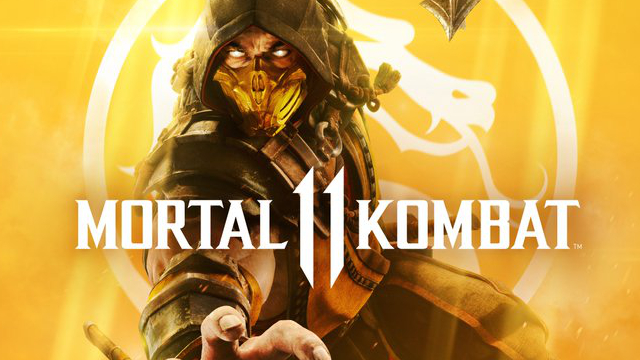Mortal Kombat 11 Review – Time & Grind

By: Sam Bates-Gambitsky
Guest Contributor
“Mortal Kombat 11” hit shelves April 23 and launches Netherrealm Studios (NRS) forward in epic gameplay that continues to excel through strong, character-driven storytelling.
“Mortal Kombat 11” continues right where “Mortal Kombat X” leaves off. Tensions rise because of the corrupted God of Thunder Raiden, who has begun changing reality as he sees fit. This triggers intervention by Kronika, the godlike “keeper of time” who wishes to rewrite history in order to change what this interference has wrought.
Time travel and alternate timeline material transpires, which then leads to an awesomely ridiculous, over-the-top, bloody final battle with Kronika that only the NRS team can provide. It also serves as the would-be end to the story started back in “Mortal Kombat 9,” finally achieving closure.
“Mortal Kombat’s” main selling point is the gratuitous violence and levels of it. It’s fatalities and over the top violent finishers are usually so gory and involved that it comes off as dark comedy.
An example is when fan favorite character, Johnny Cage, uppercuts his opponent so hard and fluidly that he rips off the top part of their body, but when the body itself won’t come off his hand, he uses it as a ventriloquist dummy would and tells bad bar jokes.
On top of the game’s story mode there are the usual online Player vs. Player matches that test your mettle against players all over the world.
The newest addition, “Towers of Time,” sets you up to fight a series of opponents with different modifiers and difficulty, rotating on a semi-regular basis. You never fight the same enemy with the same modifier twice, so you have to utilize and become familiar with various player types and styles.
These rewards lead to the main “endgame” content: unique, specific character customization. Each character has various sets of cosmetic items, the pinnacle of them being “legendary sets” that add buffs and raise particular stats.
In addition, each character has two predetermined fighting styles which can add some variation to how someone likes to play. This gives the game a lot of replay value.
There are some downfalls to the game. Some of the plot points of the story get a bit repetitive, which is to be expected with the third game about a fantasy fighting tournament.
Some of the voice acting falls at the wayside (Ronda Rousey I’m looking at you). Also, the rewards can slow down drastically without a persistent online connection as that’s how the game keeps track of your progress in every mode. This can become very tiresome.
Looking at what Ed Boon (co-creator of “Mortal Kombat”) and company have created, in terms of depth and world building, is impressive.
Every new game NRS releases feels like a new, more polished version of what came before it. Each title improves upon past mechanics, adds in new features and accessibility and most of all builds upon past stories.
In the end, if you are going to play one version of a NRS game, let it be “Mortal Kombat 11.” It takes all the best aspects of the games prior to it and improves on the formula tenfold. The story and gameplay are absolutely stellar.
For those who seek more grindy mechanics, it definitely has that replay factor, especially if you are into fighting games – not to mention blood, gore and everything in between. This for sure is a fight worth fighting.
